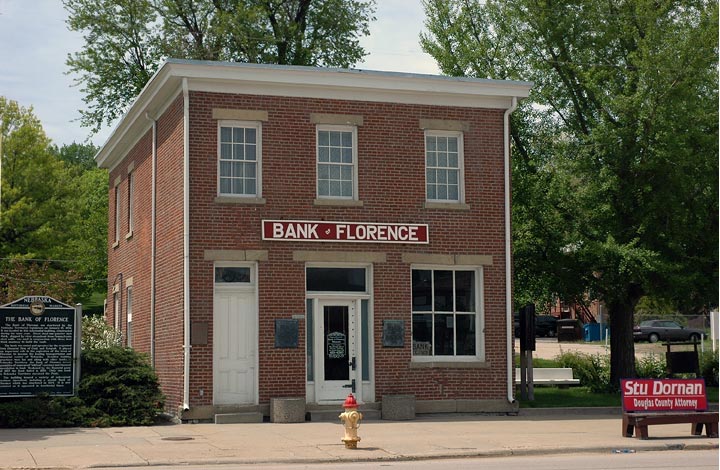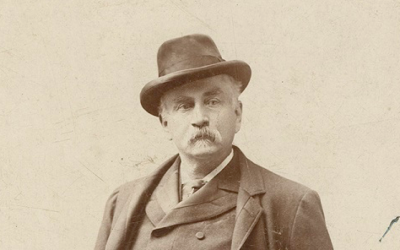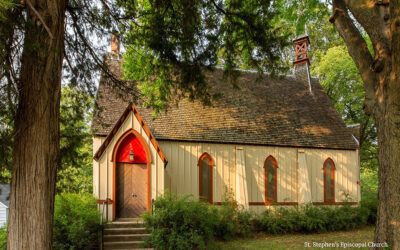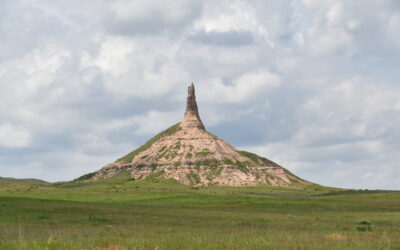Harwood’s recollections (based on his contemporary diary) illustrate the rapid establishment of new towns and the feverish speculation in town lots that gripped Nebraska Territory in the late summer and fall of 1856: “At this time the settlements did not extend any distance west from the river. Towns and would-be cities and capitals of the future state of Nebraska, like Nebraska City, Plattsmouth, Omaha, Florence, Ft. Calhoun, and many others, were springing up on the Missouri river, each having its energetic and enthusiastic champions. The river boats and stages came in crowded and went away empty; hotels were full and crowded to the ridge pole; there were speculators on every hand, and prices of real estate were advancing by leaps and bounds.”
On August 30, 1856, Harwood’s journal indicates that he went to Council Bluffs to consult with Joseph Johnson, editor of the Council Bluffs Bugle, “about surveying and lotting up a proposed new town called Crescent City north of Council Bluffs and opposite Florence, at the mouth of Pigeon creek, Iowa. I received the contract for surveying and platting Crescent City. The stock of this town went up like a rocket and came down later like a stick.”
In early 1857 Harwood platted the town of Rockport, “about five miles above Florence on the Missouri river, at the mouth of the punkaw or Ponca. The site was densely covered with timber, brush, grape vines, and thorns. . . . and it was a terrible place to work, far different from the open prairie of Crescent City. I do not think there were half a dozen houses ever built there [Rockport], but the plans were sent to St. Louis and lithographed, and people bought the lots at high prices.”
In the summer of 1857 Harwood made a trip “to Fremont and Columbus. There was but one building on the site of what is today the prosperous, busy, and beautiful city of Fremont. This was a one-room log cabin, unoccupied. The 160 acres comprising the townsite, or part of it, could have been bought at that time for less than $500. I advised a member of our party, a man by name of Stone from Shirley, Massachusetts, to buy it, saying that the railroad would be built through there in a few years and make him rich. I remember well his reply, that a railroad might be constructed there some day, but not in his day or mine. At Columbus, we found perhaps a half dozen buildings, among them a store, used also as a public-house.”
Harwood believed that the economic crash that punctured the speculative bubble in the fall of 1857 “had a very salutary effect in the end” because it prompted the citizens of Nebraska Territory to abandon risky speculative ventures and turn to agriculture to make a living.

The bank of Florence, chartered by Nebraska’s territorial legislature in 1856, was erected in 1857. The bank played an important role in the development of the town of Florence and is on the National Register of Historic Places. NSHS Historic Preservation DO09:254-003



